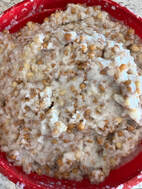 Goopy kutia
Goopy kutia We finally had a weekend where we could get most of our family together for Christmas/Rizdvo, January 13! Luckily, the Christmas season doesn’t technically end until February 2, so we felt we were right within the timeframe.
I prepared our family’s traditional 12 dishes. Casper, Wyoming unfortunately doesn’t have a lot of access to Eastern European supplies so sometimes I have to improvise. Plus we are at 5,500 feet, so altitude sometimes influences how we make things.
I wanted to share my kutia trials and varenyky dough recipe.
First kutia. After looking through the recipe files on a Ukrainian Recipes Facebook group I am in, perusing my recipe books, and Ukrainian Christmas folder I decided to try the slow cooker method. At my Holodomor event in November, I mixed hard red winter wheat with Haleem wheat for a display. That’s what I had, so that’s what I used. I read somewhere that the hard red wheat should be beaten, to get off the bran. I sent my husband outside to the garage and he beat the blend with a rubber mallet. I rinsed it all about 20 times, then threw it all in a slow cooker, at night, with a ton of water, turned it to low and went to bed. I woke up to a goopy mess of something akin to oatmeal. 😳
Round 2, I went to our local Natural Grocers. All they had was hard white spring wheat, so that’s what I got. This time there was no beating involved, except my Ukrainian ego. I didn’t even rinse it or soak it or anything like that. I just put it in the crockpot overnight with a whole bunch of water in it and woke up to beautifully popped wheat! Yay! After straining it, then adding in the poppyseeds, honey, walnuts, and Walmart’s raisin, cranberry, cherry dried fruit blend (that I soaked in salted caramel Crown Royal!), when my husband threw the kutia on the ceiling a lot of it stuck. So it will be a good year. Ego restored! 🤗
Onto the Varenyky. I have to say that making these little pillows of love don’t come easy to me. I have wonderful memories of my Babtsia, working in the middle of her kitchen on the special board my Dido made for her. Luckily, I am the owner of that board now but my Varenyky never live up to hers. So again, I perused the files in the Facebook recipe group online, read the comments, and finally I think I found the perfect dough.
I mixed the ingredients in my KitchenAid mixer, hand kneaded it for about three minutes, put it in a big baggie and let it rest for about an hour. The dough seemed tough at first, but after resting it was pretty pliable. A couple of years ago at Christmas, I invested in the pasta dough roller for the KitchenAid, and I love it. I took a piece of the varenyk dough, about the size of a tennis ball, flattened it out and put it through the roller. Twice on level one, once on level two, and once on level four. We tried level five but it was a little bit too thin. I had made the potato/farm cheese mixture the day before, so it was ready to go. My son Simeon is an expert pincher, so I rolled and cut the dough while he filled and pinched. The other tool I love to use is a melon baller. Mine is the Pampered Chef version and the size is perfect for varenyk filling. Another tip was we did not use any water or egg on the edges of the dough for pinching. And one other thing is to make sure there are no air pockets, so pinch all the way up to the filling.
KitchenAid Varenyky/Pyrohy dough recipe, makes 75 varenyky
3.5 cups of flour
1.5 cups of potato water
1 tsp salt
2 tablespoons of sunflower oil (from Ukraine)
2 tablespoons of sour cream.
As for the first trial of Kutia, I put it in the fridge to deal with later. I hate throwing away food, so today I took it out of the fridge and decided to make cookies out of it. I searched on the Internet, and surprisingly there were not a lot of wheat berry baking recipes. So I improvised and they turned out absolutely delicious!
If you ever find yourself with extra kutia or wheat berries this might be a way that you can use them up.
McD’s Wheat Berry Cookies
Ingredients:
1 cup sugar
1 cup brown sugar
1 cup unsalted butter
Two eggs
1 tablespoon vanilla
3 cups of flour
3 cups of cooked wheat berries, finely chopped
2 tablespoons baking soda
Half a tablespoon of salt
2 teaspoons of cinnamon
2 cups of chips. Chocolate, peanut butter, whatever floats your boat
Directions: preheat oven to 325°F. Cream together butter, sugars, eggs, and vanilla until fluffy. Mix in flour, wheat berries, baking soda, salt, and cinnamon. Fold in chips. Drop by tablespoon onto cookie sheet. Bake for 10-12 minutes.
Смачного!
I prepared our family’s traditional 12 dishes. Casper, Wyoming unfortunately doesn’t have a lot of access to Eastern European supplies so sometimes I have to improvise. Plus we are at 5,500 feet, so altitude sometimes influences how we make things.
I wanted to share my kutia trials and varenyky dough recipe.
First kutia. After looking through the recipe files on a Ukrainian Recipes Facebook group I am in, perusing my recipe books, and Ukrainian Christmas folder I decided to try the slow cooker method. At my Holodomor event in November, I mixed hard red winter wheat with Haleem wheat for a display. That’s what I had, so that’s what I used. I read somewhere that the hard red wheat should be beaten, to get off the bran. I sent my husband outside to the garage and he beat the blend with a rubber mallet. I rinsed it all about 20 times, then threw it all in a slow cooker, at night, with a ton of water, turned it to low and went to bed. I woke up to a goopy mess of something akin to oatmeal. 😳
Round 2, I went to our local Natural Grocers. All they had was hard white spring wheat, so that’s what I got. This time there was no beating involved, except my Ukrainian ego. I didn’t even rinse it or soak it or anything like that. I just put it in the crockpot overnight with a whole bunch of water in it and woke up to beautifully popped wheat! Yay! After straining it, then adding in the poppyseeds, honey, walnuts, and Walmart’s raisin, cranberry, cherry dried fruit blend (that I soaked in salted caramel Crown Royal!), when my husband threw the kutia on the ceiling a lot of it stuck. So it will be a good year. Ego restored! 🤗
Onto the Varenyky. I have to say that making these little pillows of love don’t come easy to me. I have wonderful memories of my Babtsia, working in the middle of her kitchen on the special board my Dido made for her. Luckily, I am the owner of that board now but my Varenyky never live up to hers. So again, I perused the files in the Facebook recipe group online, read the comments, and finally I think I found the perfect dough.
I mixed the ingredients in my KitchenAid mixer, hand kneaded it for about three minutes, put it in a big baggie and let it rest for about an hour. The dough seemed tough at first, but after resting it was pretty pliable. A couple of years ago at Christmas, I invested in the pasta dough roller for the KitchenAid, and I love it. I took a piece of the varenyk dough, about the size of a tennis ball, flattened it out and put it through the roller. Twice on level one, once on level two, and once on level four. We tried level five but it was a little bit too thin. I had made the potato/farm cheese mixture the day before, so it was ready to go. My son Simeon is an expert pincher, so I rolled and cut the dough while he filled and pinched. The other tool I love to use is a melon baller. Mine is the Pampered Chef version and the size is perfect for varenyk filling. Another tip was we did not use any water or egg on the edges of the dough for pinching. And one other thing is to make sure there are no air pockets, so pinch all the way up to the filling.
KitchenAid Varenyky/Pyrohy dough recipe, makes 75 varenyky
3.5 cups of flour
1.5 cups of potato water
1 tsp salt
2 tablespoons of sunflower oil (from Ukraine)
2 tablespoons of sour cream.
As for the first trial of Kutia, I put it in the fridge to deal with later. I hate throwing away food, so today I took it out of the fridge and decided to make cookies out of it. I searched on the Internet, and surprisingly there were not a lot of wheat berry baking recipes. So I improvised and they turned out absolutely delicious!
If you ever find yourself with extra kutia or wheat berries this might be a way that you can use them up.
McD’s Wheat Berry Cookies
Ingredients:
1 cup sugar
1 cup brown sugar
1 cup unsalted butter
Two eggs
1 tablespoon vanilla
3 cups of flour
3 cups of cooked wheat berries, finely chopped
2 tablespoons baking soda
Half a tablespoon of salt
2 teaspoons of cinnamon
2 cups of chips. Chocolate, peanut butter, whatever floats your boat
Directions: preheat oven to 325°F. Cream together butter, sugars, eggs, and vanilla until fluffy. Mix in flour, wheat berries, baking soda, salt, and cinnamon. Fold in chips. Drop by tablespoon onto cookie sheet. Bake for 10-12 minutes.
Смачного!
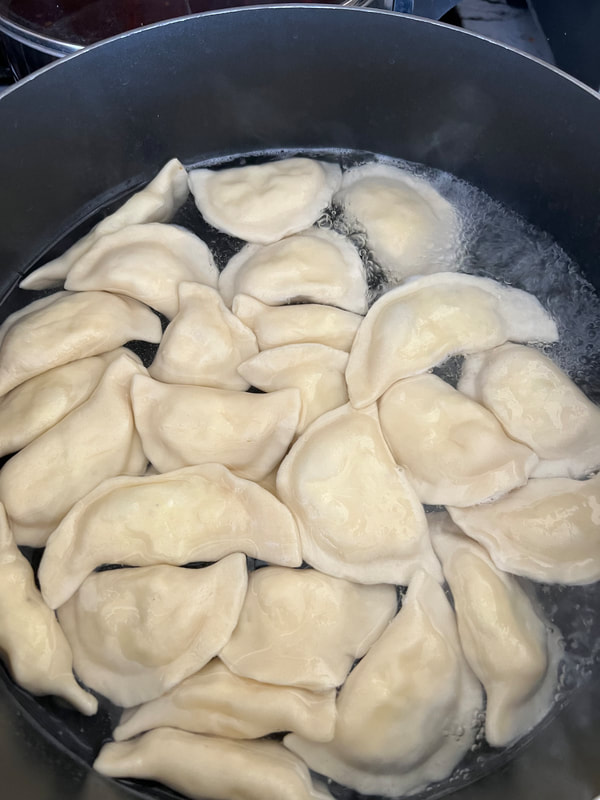
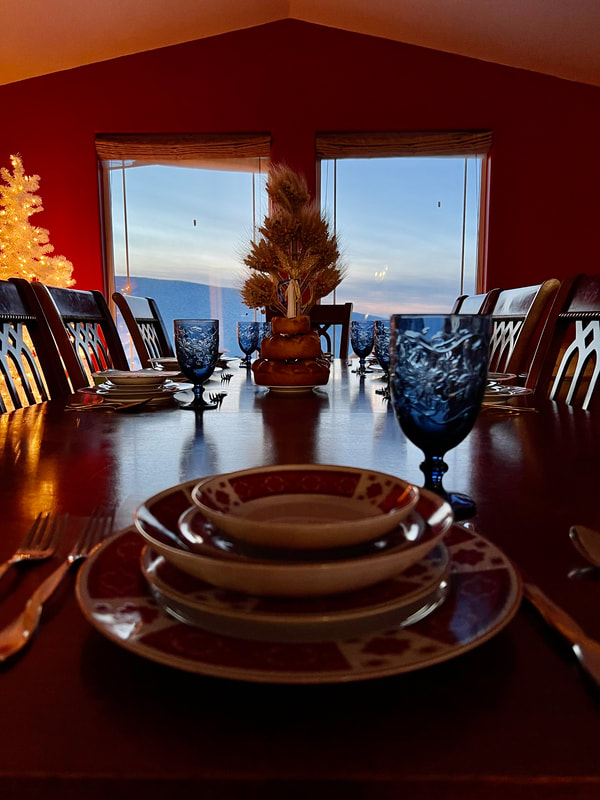
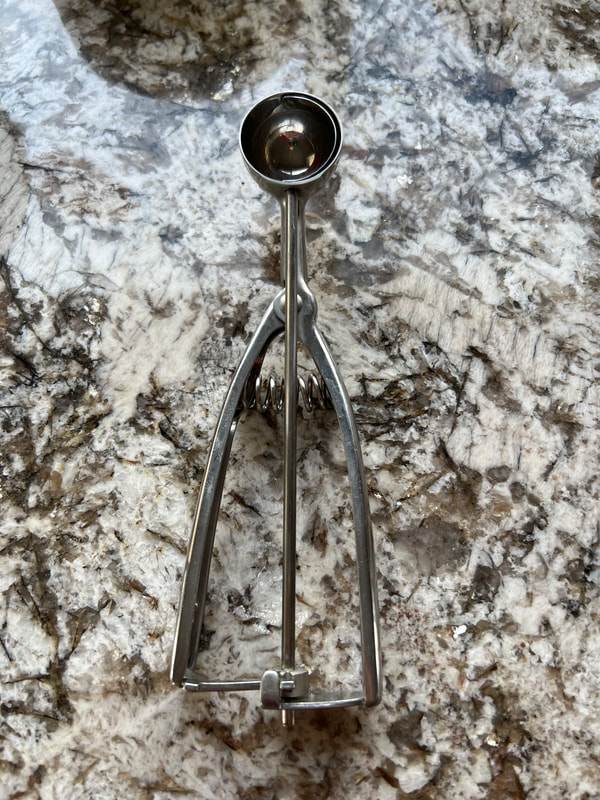
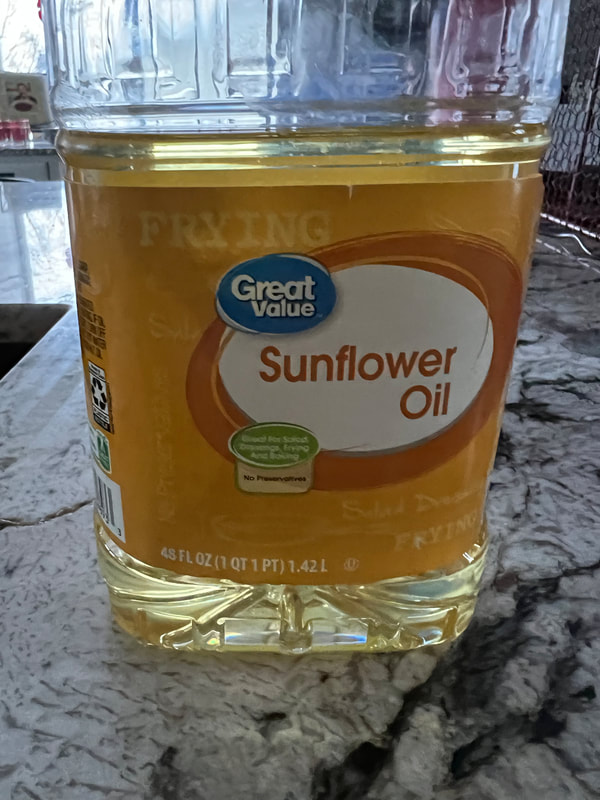
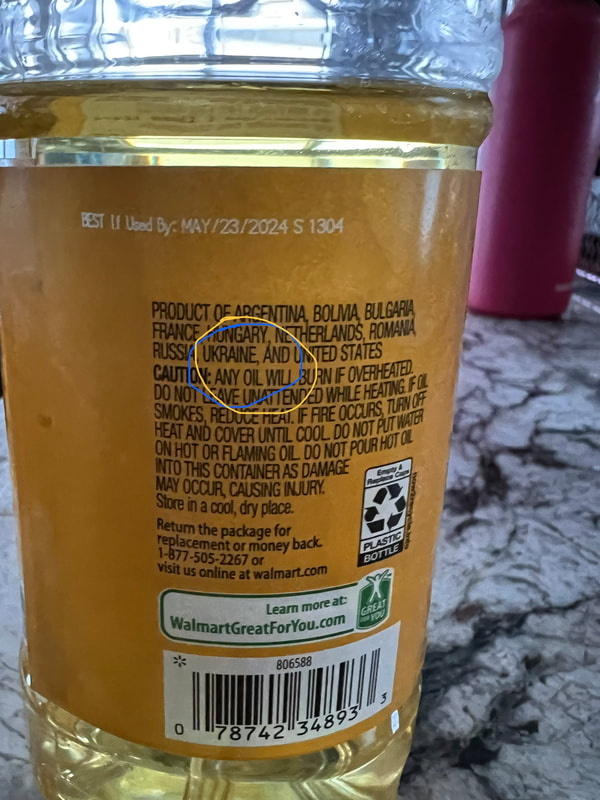
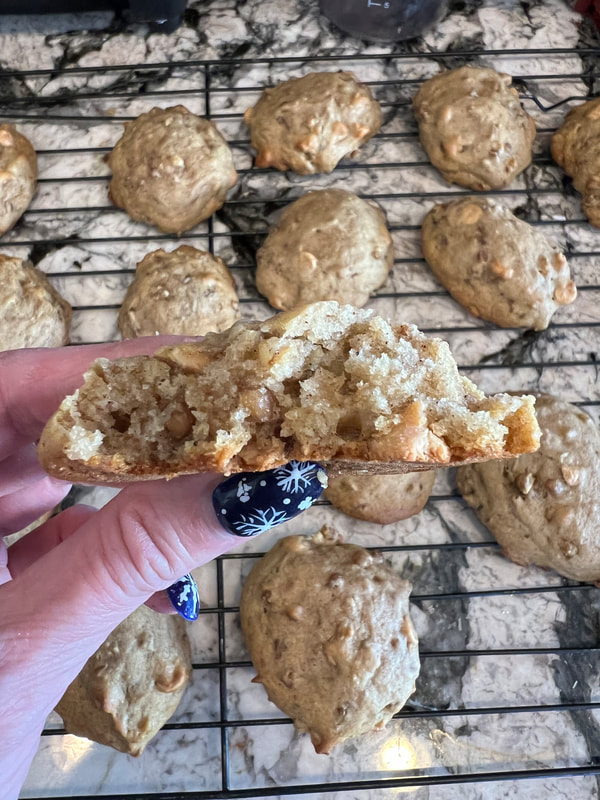
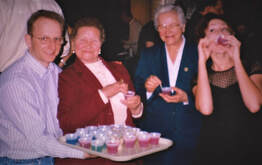
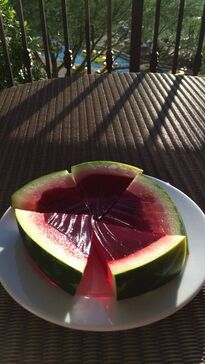
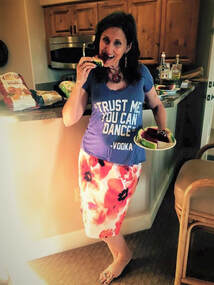
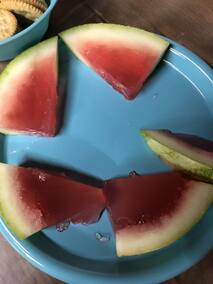
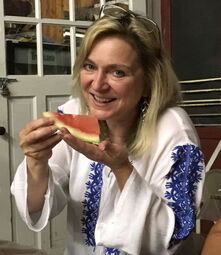
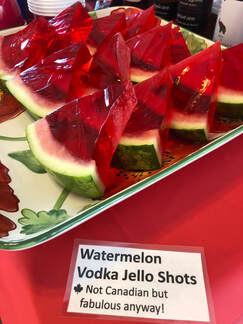
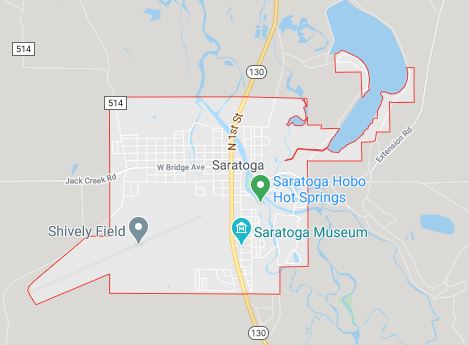
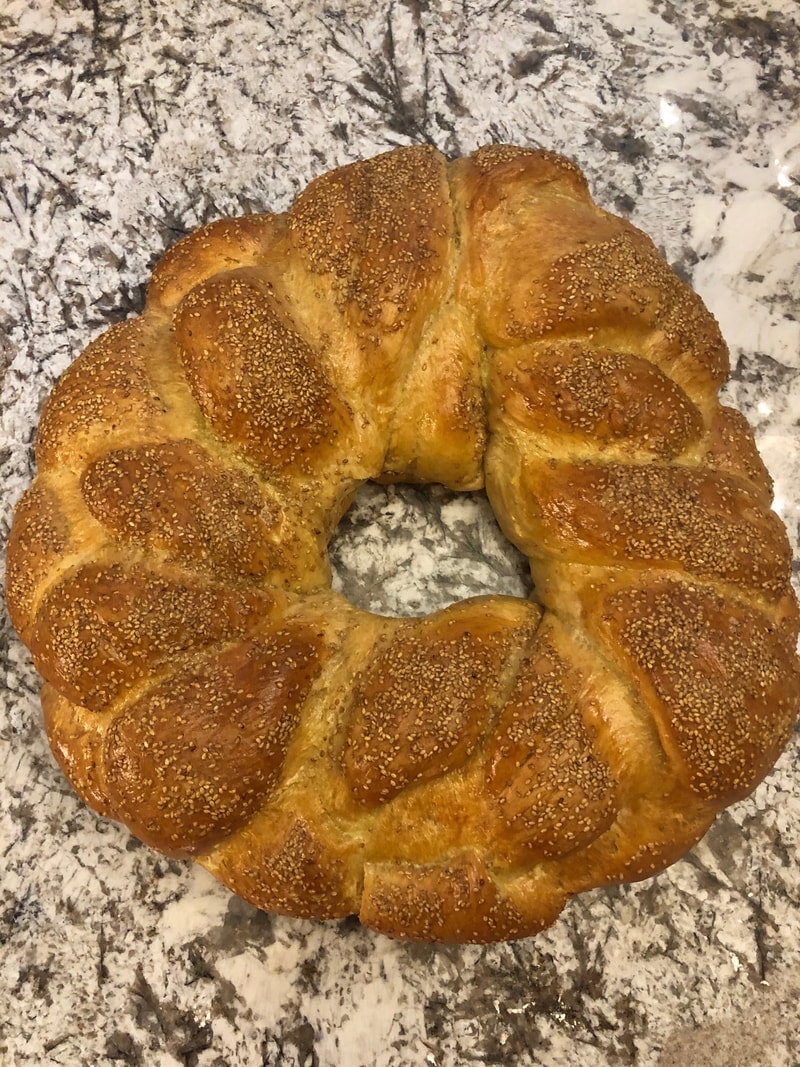
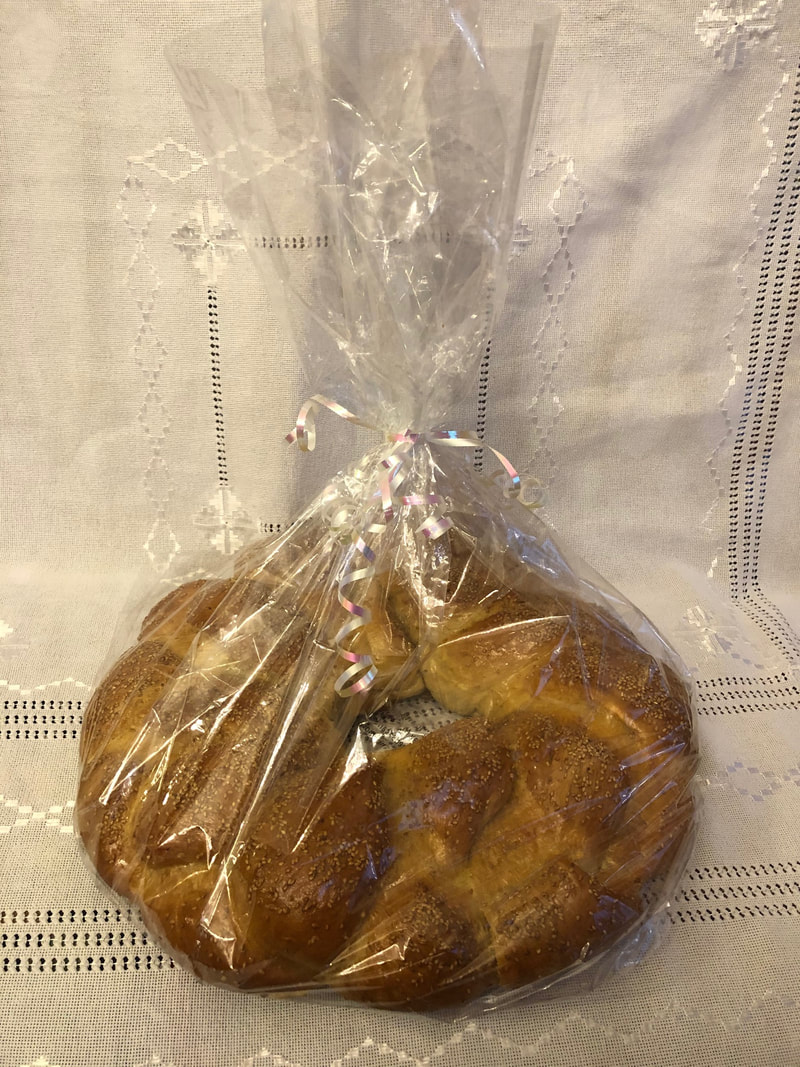
 RSS Feed
RSS Feed